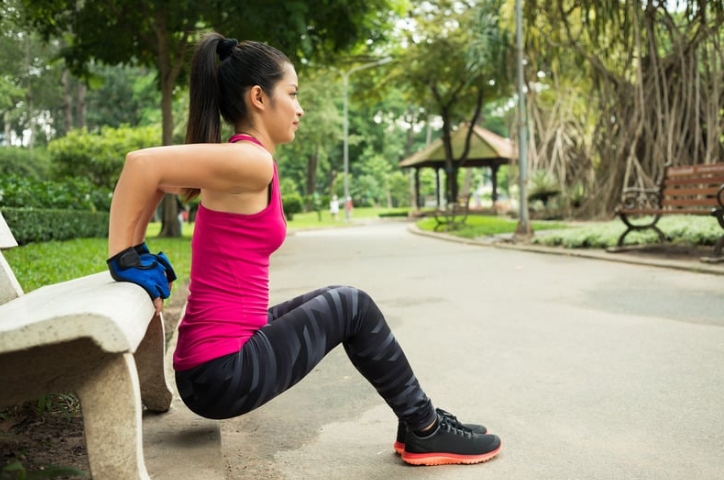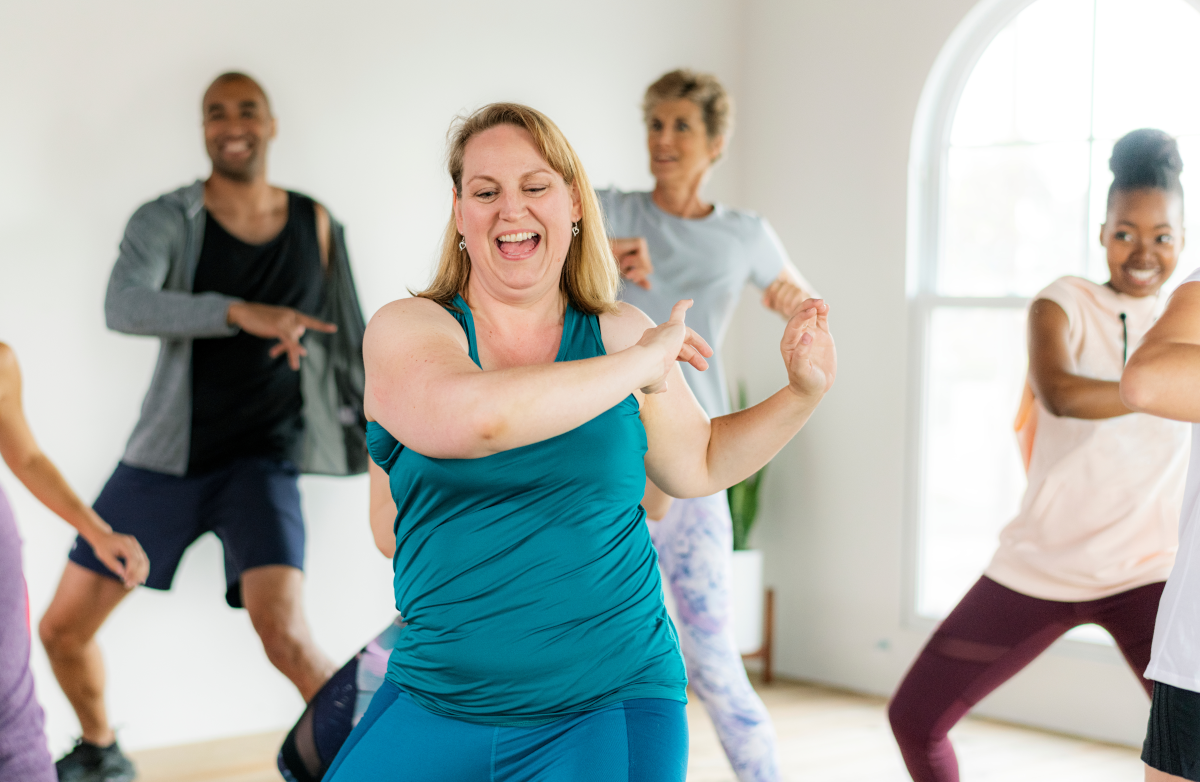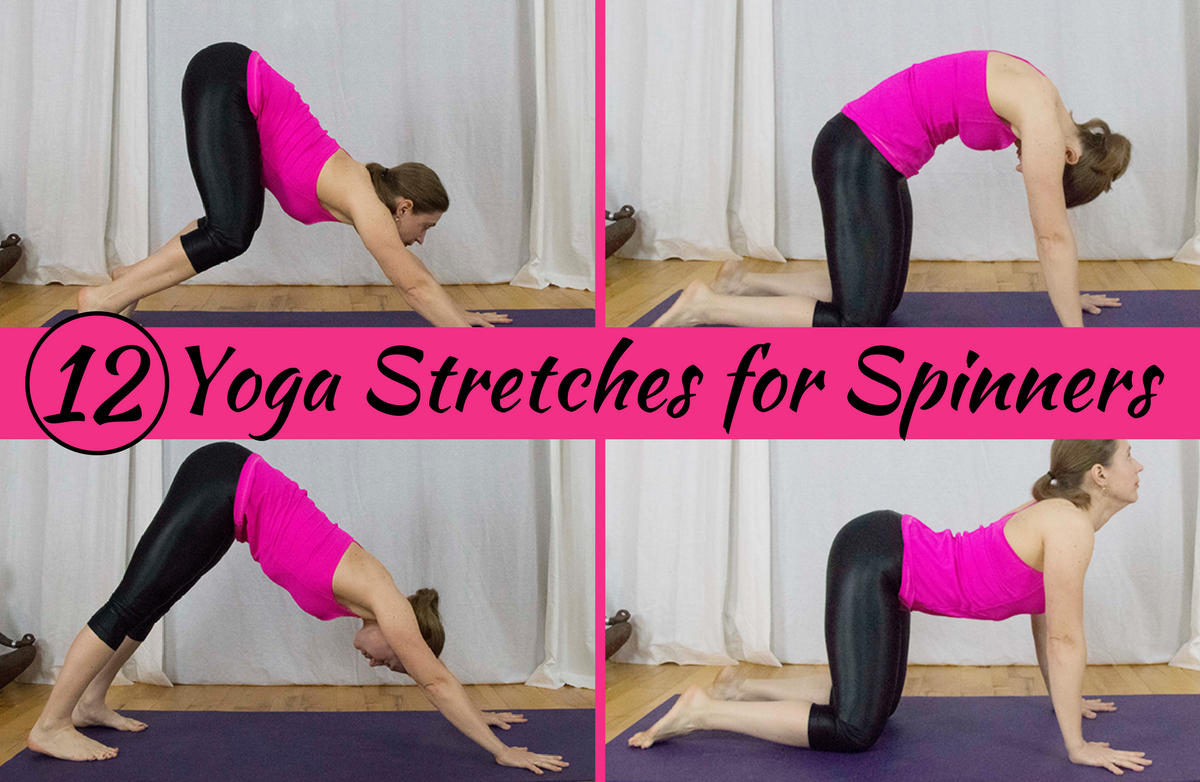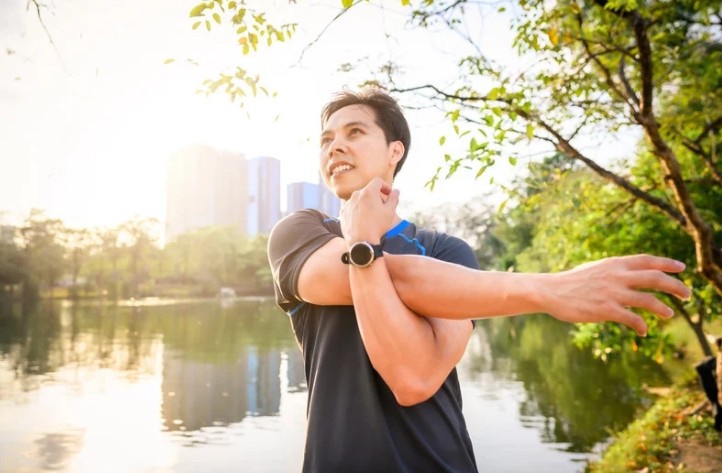So if you’re wondering whether walking is challenging enough to keep you fit, don’t. Fitness walking (as opposed to leisurely walking to do everyday tasks) can build endurance, strengthen your bones, improve your health profile and help you manage your weight. And many people who have successfully lost weight and kept it off over time have made fitness walking the foundation of their fitness routines. But like anything else, the more walking you want to do, the more important it becomes to do it right. By the
These walking basics will help keep your walking workouts safe and effective by building your walking technique from the ground up.
Think "Heel to Toe"
Comfortable and efficient walking begins with a good foot strike, which allows your ankle to move through its complete range of motion. Here's how to do it properly.
- Step forward landing squarely on the heel of your foot.
- Roll forward onto the ball of the foot.
- Raise the heel and push off with your big toe.
To get an idea of how this heel-to-toe motion should feel, try sitting on a chair with your legs extended straight out in front of you, toes pointing straight up to the ceiling. With your left foot, bring your toes back toward you so your heel is extended and your foot is flexed; with your right foot, push your toes forward as if pushing on the air with the ball of your foot and big toe. Then slowly reverse the positions of your feet, moving back and forth several times
Find Your Stride
Everyone has a natural stride length that is most comfortable, and it may be shorter or longer than someone else’s stride. One of the most common mistakes you can make with fitness walking is to increase the length of your strides in order to walk faster. That’s okay for running, not walking, as over-striding can strain your muscles and joints, causing pain in the arches of your feet, and your knees, hips and heels. If you want to walk faster, focus on taking more steps per minute, not taking longer steps.
How fast should you walk? It depends on your fitness level, stride length and turnover rate. Here are some general guidelines:
- Slow to moderate walking is a 3 to 3.5 to mph pace (17 to 20 minutes per mile), about 115 to 120 steps per minute.
- Brisk walking is about a 4 mph pace (15 minutes per mile), about 135 steps per minute.
- Fast walking (or jogging) starts at a 5 mph pace (12 minutes per mile), which is about 160 steps per minute. Most people cannot walk at this pace. It's usually easier and more efficient to jog than it is to walk once you work up to this speed.
Walk the (Straight) Line
Be aware of your posture: Stand as tall as possible, feet pointing forward,
Pump It Up—Your Arms, That Is
You've probably seen those "serious" fitness walkers who pump their arms vigorously as if they were running. Even if it makes you feel self-conscious, this is the most efficient way to walk—especially at higher speeds. When your arms are too straight, it can be difficult (even painful) to pump them enough to achieve a good speed. And if your hands swell during exercise, keeping your elbows bent can help avoid or minimize that.
Keep your arms close to your sides and bend your elbows at 90 degrees. Keep them bent at a right angle while you walk. When pumping your arms, the movement should come from your shoulders, not your elbows, and your hands shouldn't rise higher than chest level. Finally, avoid clenching your hands. Imagine you’re carrying something delicate
Take to the Hills
There’s a natural tendency to lean forward when walking uphill and lean backward when walking downhill. However, leaning can put a lot of strain on your back, and should be avoided when possible. So what's a walker to do? Remember your cues for posture and form. Maintain your posture as upright as possible, especially on mild and moderate hills. Steep declines may require slight leaning, but be careful not to put too much weight in your heels, which can cause your feet to slip out from under you on loose terrain. When walking up an incline, push upward and forward with your toes, pumping your arms to help you. When walking downhill, relax your knees a little bit to absorb some of the extra impact.
The 8 Keys to Proper Fitness Walking
And you thought walking was simple! There are a lot of things to keep in mind. This quick list summarizes the info above so you can get out there and put one foot in front of the other!
- Stand tall, with your shoulders back, head and neck aligned with your spine, and
abs pulled in. - Push off with the toes of your rear foot, and land squarely on the heel of your lead foot.
- Roll through the entire foot, from heel strike to the ball of your foot to the final push off with your toes, allowing your ankle
to more through its full range of motion. - Avoid over-striding. Increase the number of steps per minute to increase speed.
- Bend elbows at a right angle, and swing your arms from the shoulder, keeping elbows close to your sides.
- Avoid clenching hands or over-swinging your arms.
- Minimize leaning on hills.
- Don’t neglect stretching and strength training, especially if you experience burning or tightness in
shins or calf muscles.













